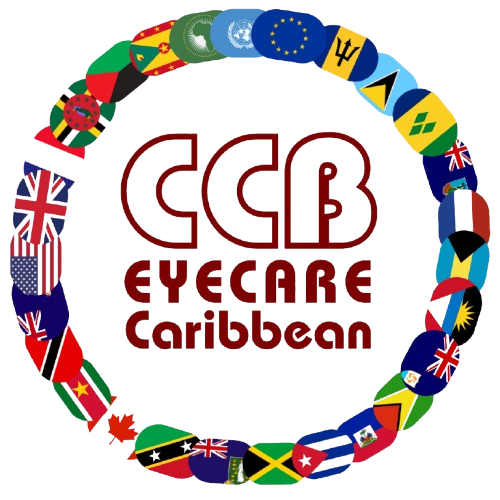 By Dr. H.M. SHillingford-Ricketts M.B.B.S. (U.W.I); F.R.C.S. (C)
By Dr. H.M. SHillingford-Ricketts M.B.B.S. (U.W.I); F.R.C.S. (C)
Hypertensive Retinopathy refers to the effect of hypertension on the retina.
Hypertension damages the walls of the Retinal Arterioles resulting in thickening of the walls and narrowing of the lumen. These thickened arterioles then compress the retinal veins where they cross over them resulting in arteriovenous or AV nipping. These signs are related to Chronic Systemic Hypertension.
Retinal Arteriosclerosis is useful as an indicator of target organ damage which may help in deciding whether to initiate antihypertensive treatment in patients with mild or white coat Hypertension. In the moderately severe form of Hypertensive Retinopathy there are haemorrhages, hard exudates and cotton wool spots in addition to Arteriosclerosis in the Retina. This is associated with an increased risk for strokes and such patients should be treated for Hypertension.
The most severe and acute form of Hypertensive Retinopathy is associated with dangerously elevated blood pressure known as malignant Hypertension, a life threatening complication. In addition to the retinal findings mentioned above, there will be swelling, haemorrhages and cotton wool spots of the optic disc.
This may be associated with swelling of the retina and hard exudates in the macular. The patient may complain of blurred vision, headache and vomiting.
This necessitates urgent admission to the Hospital. The blood pressure must be reduced slowly as rapid reduction may further compromise the blood supply to the optic nerve and the retina resulting in blindness.
An eye examination is useful for Hypertensive patients as the retinal findings will help in determining the risk for strokes and guide the management of Hypertension.
Dr. Hazel Shillingford-Ricketts Consultant Ophthalmologist Brenda Strafford Foundation Eye Centre Princess Margaret Hospital Goodwill, Commonwealth of Dominica
